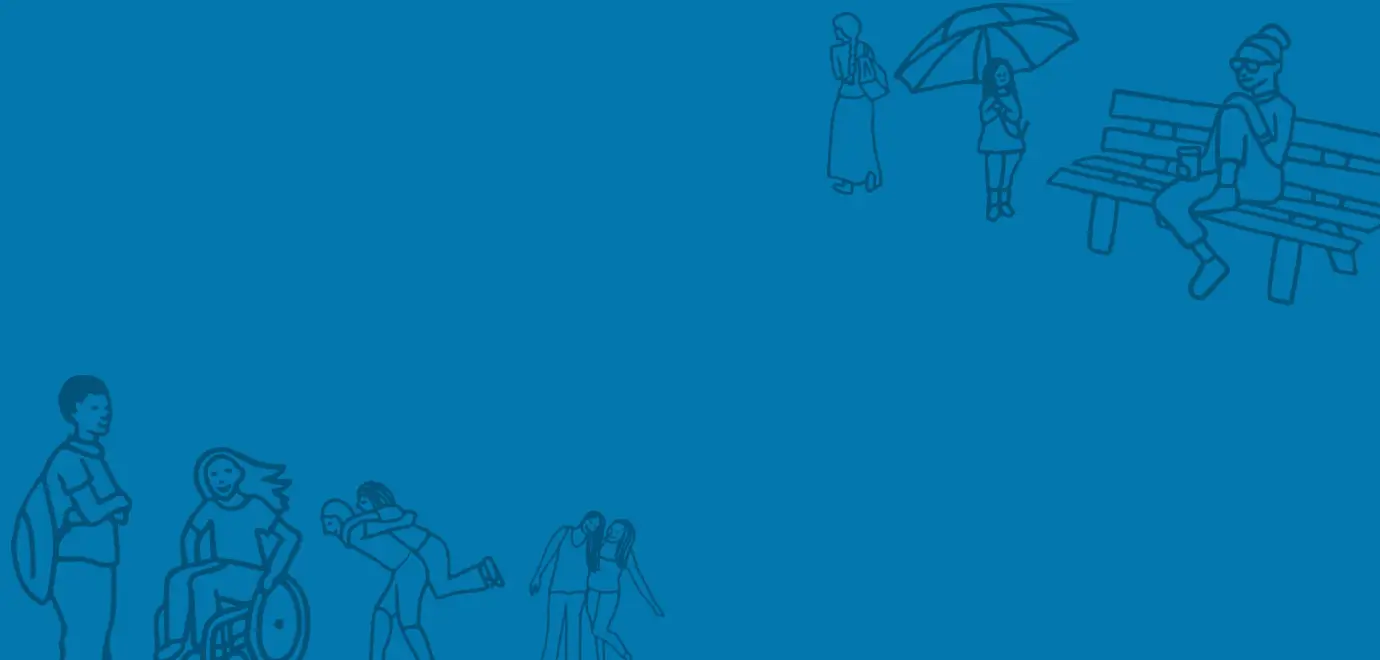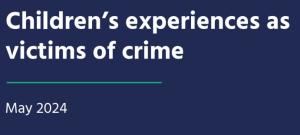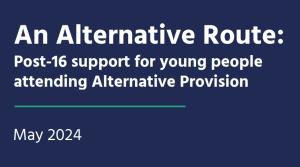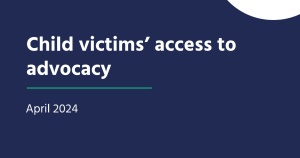Since March 2020 when schools closed at the start of the first national lockdown, more families have fallen into poverty and all the major risk factors to children – domestic violence, poor parental mental health, and alcohol/substance abuse – have heightened.
At the same time there has been a significant fall (by 10% compared to the last 3 years) in referrals to children’s services as children became increasingly ‘invisible’ under Covid-19. Children have been out of school for most of the year, less likely to attend health services, and are less able to access informal support like children’s centres, many of which closed or moved online throughout the year.
Many local authorities anticipated a spike in social care referrals in September with the school return. However, this spike did not occur.
The latest data from the DfE showed that in November 2020, referrals were 12% lower than usual – despite schools being open at this time, so better able to identify vulnerable children. The current national lockdown and school closures risks even more at-risk children going undetected and not getting help.
The response from councils to these alarming figures has been varied, with some taking insufficient action to find children who are suffering behind closed doors, despite statutory expectations to do this. Local authorities have also had access to emergency funding, although there are concerns that this has been focused on adult social care.
The Children’s Commissioner’s believes that that all local areas need to be urgently and proactively working to identify vulnerable children who are not coming to the attention of services as they would usually do. Otherwise children at risk in increasingly harmful situations will remain invisible to the system.





